The lightweight aluminum engine nozzle is designed with small internal channels to keep it from melting during liftoff.
In order to be able to carry heavier payloads through deep space, NASA designed a lightweight rocket engine nozzle made of aluminum that can still withstand the heat of launches. NASA recently tested two 3D printed nozzles at the Marshall Space Flight Center in Huntsville, Alabama, proving that they can operate in the most demanding deep space environments, the space agency announced.
The only problem is that aluminum has a very low tolerance to extreme heat, and that’s why it is typically not used for additive manufacturing of rocket engine parts. RAMFIRE set out to create a weldable type of aluminum that is heat resistant enough for use on rocket engines. The RAMFIRE nozzles are designed with small internal channels that keep them cool enough to prevent melting.
Malaysia Latest News, Malaysia Headlines
Similar News:You can also read news stories similar to this one that we have collected from other news sources.
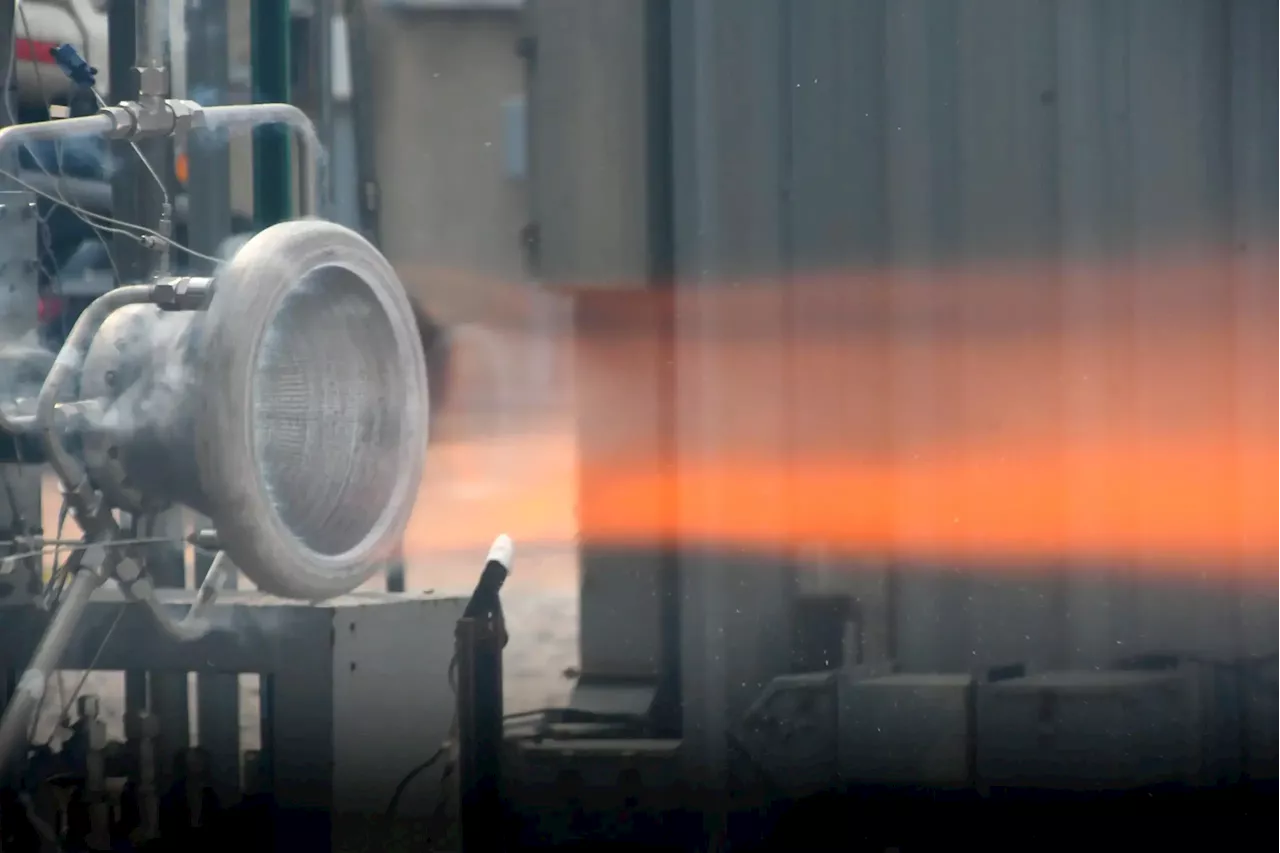 NASA’s RAMFIRE: 3D-Printed Rocket Nozzle a Giant Leap for Deep Space MissionsScience, Space and Technology News 2023
NASA’s RAMFIRE: 3D-Printed Rocket Nozzle a Giant Leap for Deep Space MissionsScience, Space and Technology News 2023
Read more »
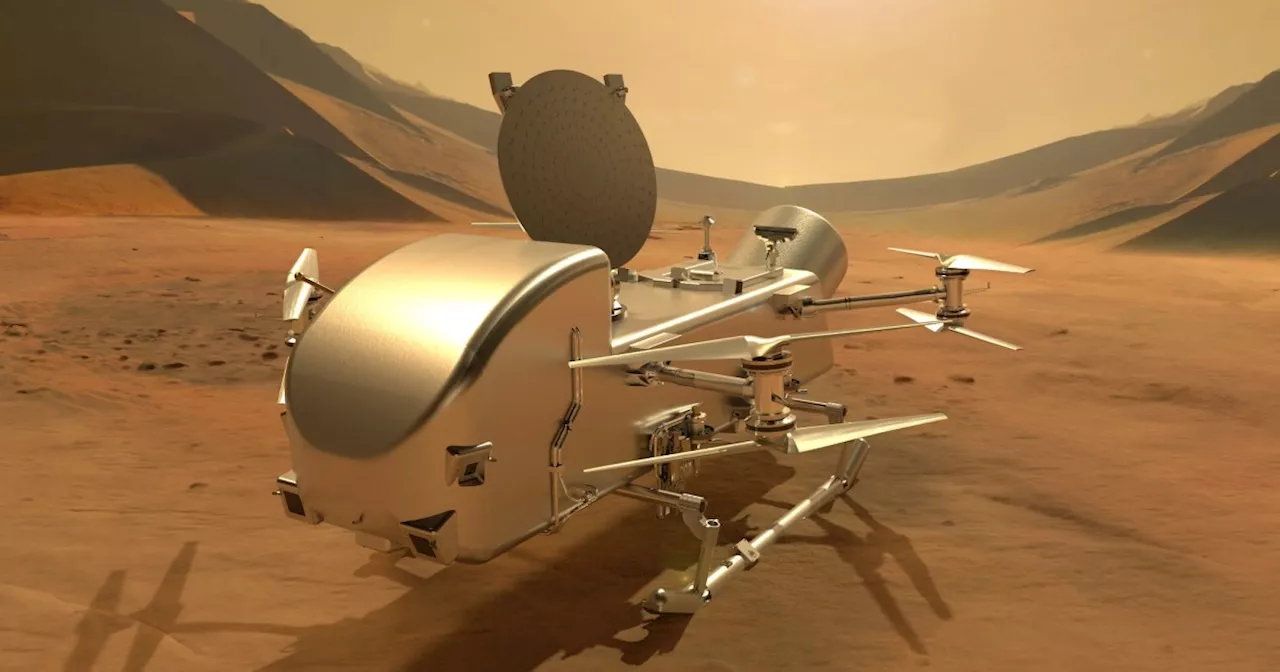 NASA tests 8-rotor Dragonfly drone destined for TitanDT Video
NASA tests 8-rotor Dragonfly drone destined for TitanDT Video
Read more »
 3D-printed hairs: Professor developing tiny sensors to detect flow and environmental changesEyelashes and brows catch dust and debris from entering eyes. The same idea goes for tiny nose and ear hairs. At a more microscopic level, the tiny hair-like cilia that line human cells help detect subtle environmental changes and can boost a person's senses.
3D-printed hairs: Professor developing tiny sensors to detect flow and environmental changesEyelashes and brows catch dust and debris from entering eyes. The same idea goes for tiny nose and ear hairs. At a more microscopic level, the tiny hair-like cilia that line human cells help detect subtle environmental changes and can boost a person's senses.
Read more »
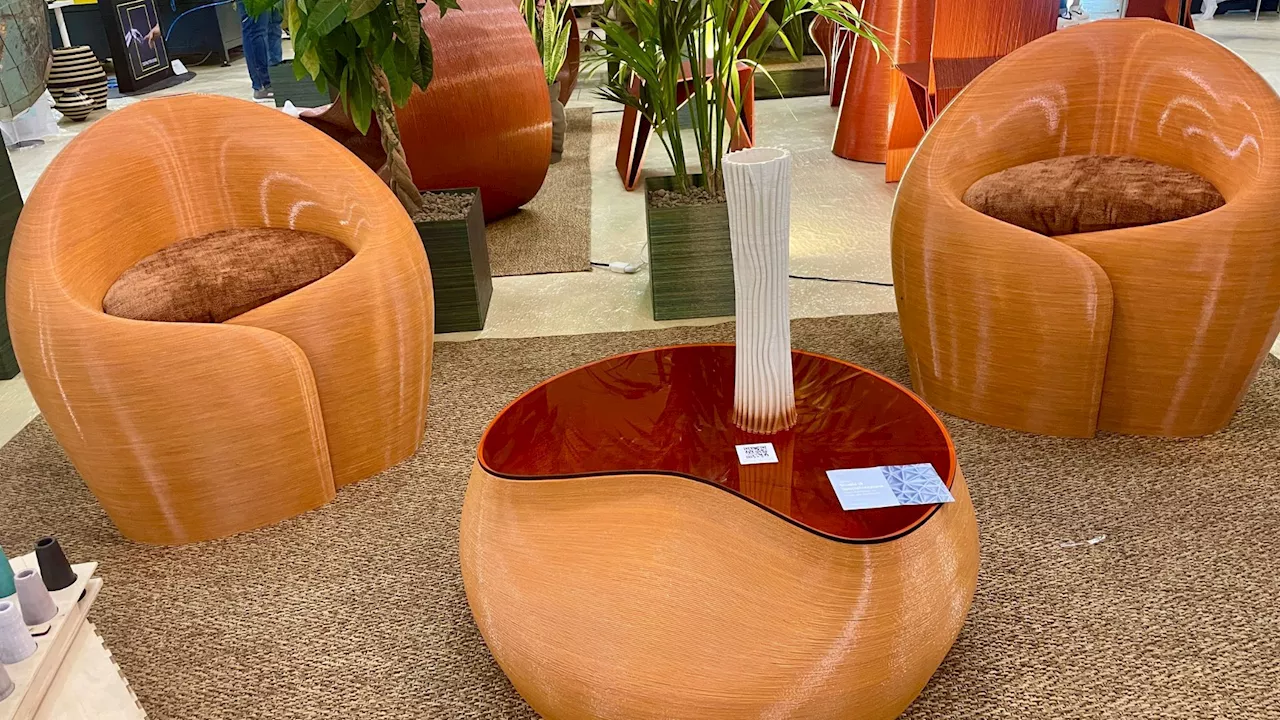 Italian firm's stunning 3D-printed bioplastic furnitureInteresting Engineering is a cutting edge, leading community designed for all lovers of engineering, technology and science.
Italian firm's stunning 3D-printed bioplastic furnitureInteresting Engineering is a cutting edge, leading community designed for all lovers of engineering, technology and science.
Read more »
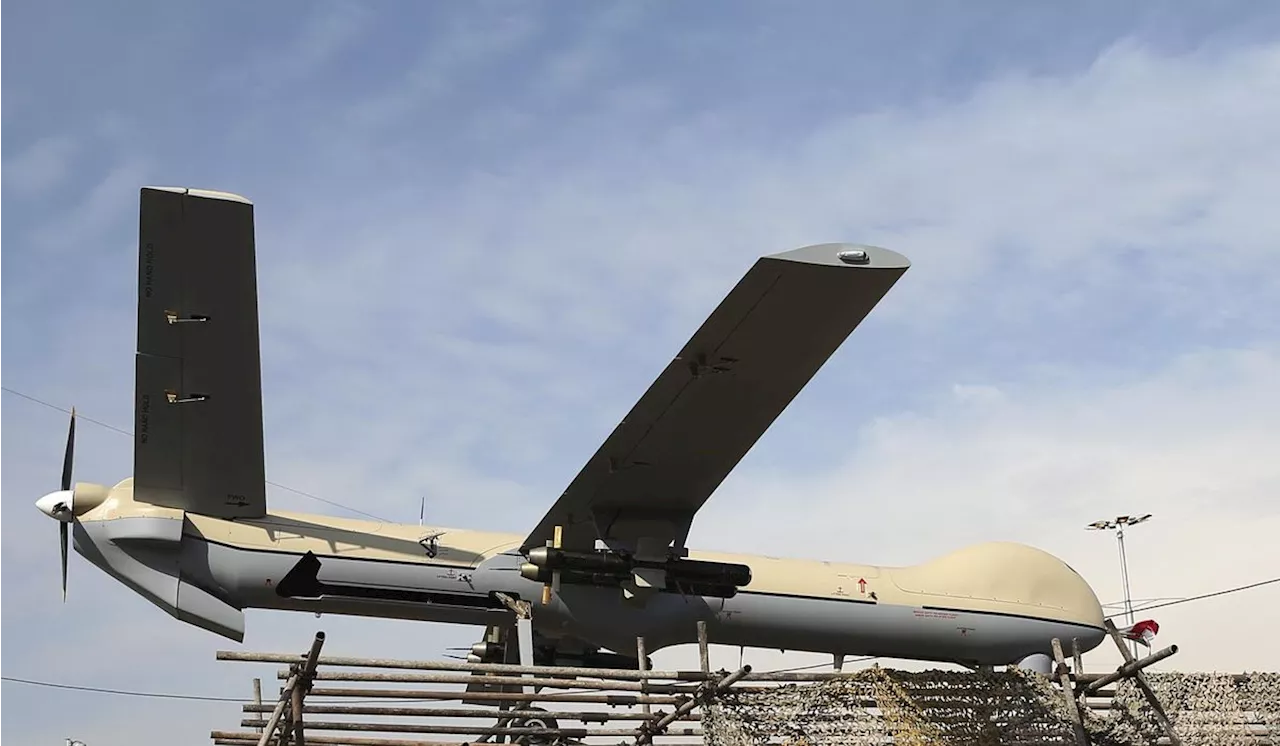 'Uptick' in rocket attacks against U.S. forces in Middle East, says White HouseThe White House said Monday it has seen an 'uptick' in drone and rocket attacks against U.S. forces in the Middle East by Iranian proxy groups.
'Uptick' in rocket attacks against U.S. forces in Middle East, says White HouseThe White House said Monday it has seen an 'uptick' in drone and rocket attacks against U.S. forces in the Middle East by Iranian proxy groups.
Read more »
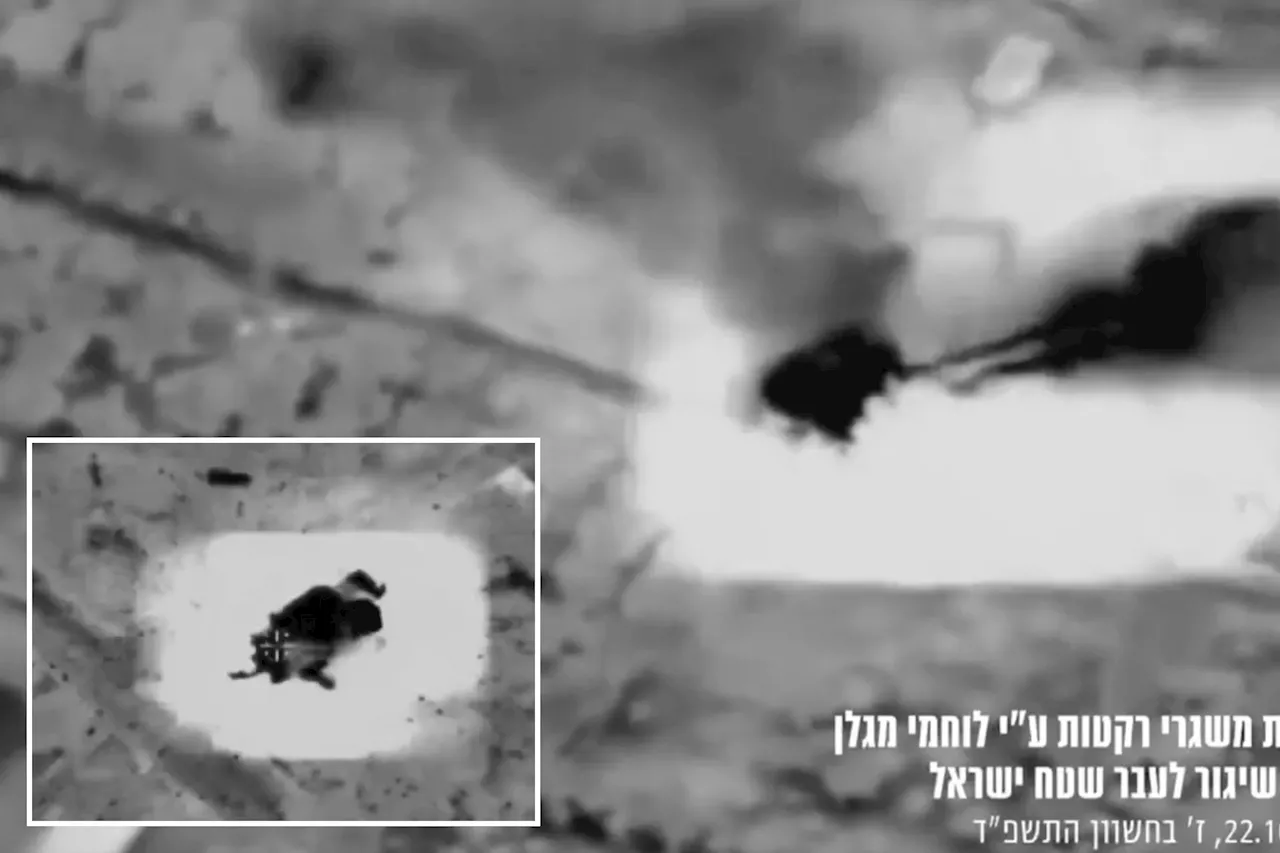 Israeli forces show off 'Iron Sting' mortar bomb taking out rocket launcher in first operational useIsraeli army releases footage of first operational use of ‘Iron Sting’ munition destroying rocket launcher
Israeli forces show off 'Iron Sting' mortar bomb taking out rocket launcher in first operational useIsraeli army releases footage of first operational use of ‘Iron Sting’ munition destroying rocket launcher
Read more »
